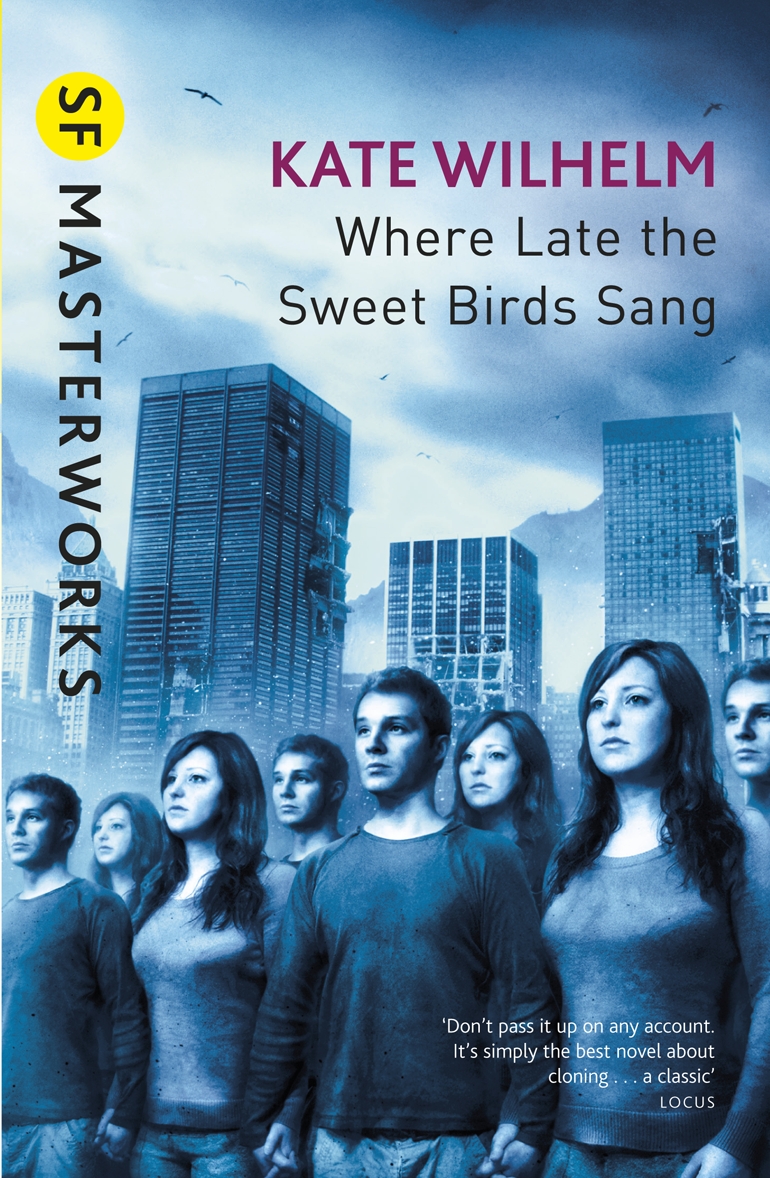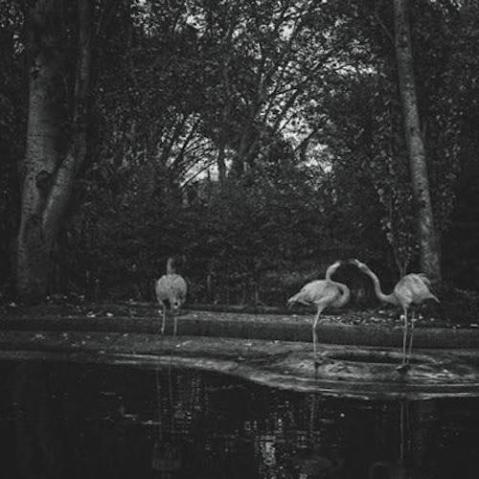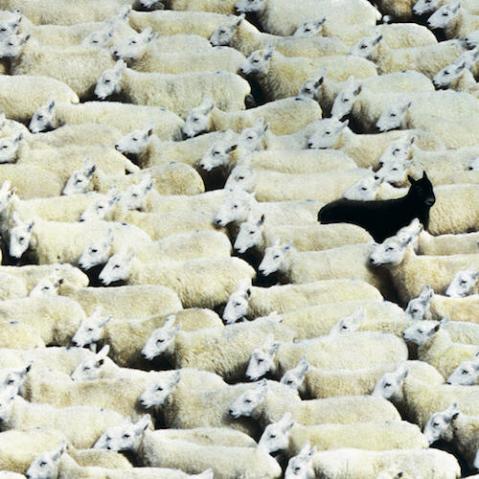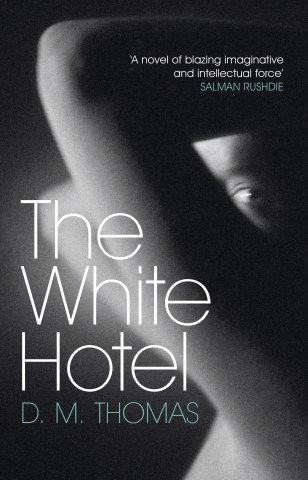Understanding loose framing

There’s a subtle but important distinction between framing and, let’s say, composition. Framing the shot usually comes before anything else—the first decision. Composition (or design if you like) covers the whole range of organizing the image, while framing concentrates on enclosing the scene, even before thinking about the relationship between elements inside the picture.
 Tea picking, assam, 2009
Tea picking, assam, 2009
Loose framing doesn’t (or shouldn’t) mean ill-considered and sloppy. It means, in this case, not being obsessed with how things fit into the frame, or how objects intersect with the edges and corners, and not minding when the frame breaks into a person or some other unit. It’s partly an attitude, and suits situations in which the action takes precedence over the finer points of the frame.
 The shooting situation depended entirely on three units—the two women and the flow of tea leaves—and fitting them together in the frame.
The shooting situation depended entirely on three units—the two women and the flow of tea leaves—and fitting them together in the frame.
Here, we’re on a tea plantation in Assam, and it’s harvest time. It’s a wide-angle occasion (24mm throughout) not so much for pulling more of the scene into the picture, but rather for getting in close among the people and the action. The viewer’s attention is going to be centered on the activity and gestures, and unlikely to be much distracted by the borders.
In a busy scene like this, the edges and corners of the frame will be less noticeable. What’s important is the interaction of just three elements: the woman in the foreground, the woman helping pour out the basket, and the flow of tea. The rest is secondary.
In this fresh new approach to composition, the theme of his best-selling classic The Photographer’s Eye, Michael Freeman explores each element of composition in visual terms. With diagrams, illustrations, and deconstructions of each shot, you’ll learn intuitively what makes a photograph work without getting bogged down in technical talk about gear and equipment. Concentrating on the visual and aesthetic principles of photography, The Photographer’s Eye: A Graphic Guide is an excellent introduction to photographic composition, and also a refreshingly new perspective for advanced photographers.
 The Photographer’s Eye: A Graphic Guide
The Photographer’s Eye: A Graphic Guide
Michael Freeman
Buy it now!
RRP for print edition: £17.99





